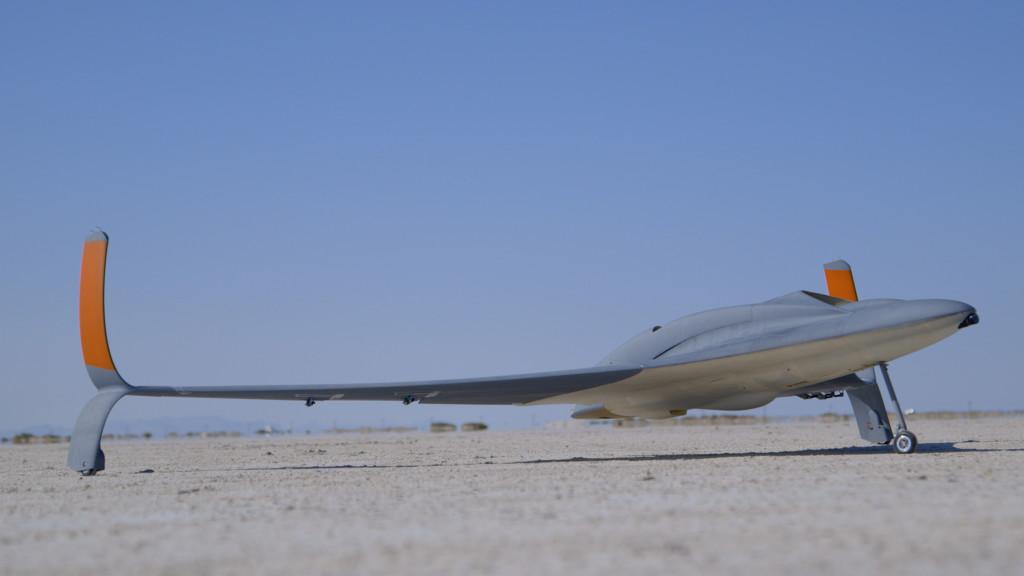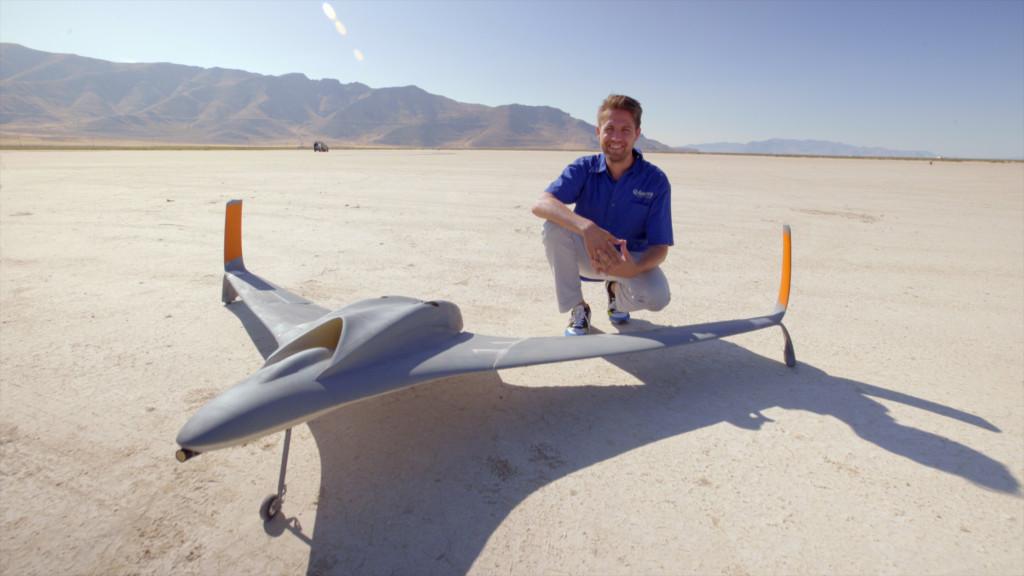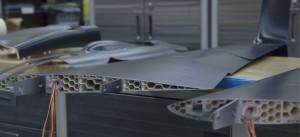World’s First Jet-Powered, 3D Printed Unmanned Aerial Vehicle Produced by Stratasys and Aurora Flight Sciences
 If you’re intending to travel for the holidays, you’ve probably already booked your flight. Personally, I’ll be staying home, which is a relief as I don’t have to deal with flight costs. If you’ve flown at all in the last few years, you’ll be familiar with the cutting of services such as in-flight meals, while checking bags will cost you a lot more than it used to. The reasoning is understandable; when fuel costs rise, airlines try to use as little as possible, and less weight equals less fuel. Imagine if airplanes were made of light enough materials that their fuel usage would dramatically decrease, but strong enough to carry the same amount of weight as a standard jet? We may see this advancement in the near future, thanks, of course, to 3D printing.
If you’re intending to travel for the holidays, you’ve probably already booked your flight. Personally, I’ll be staying home, which is a relief as I don’t have to deal with flight costs. If you’ve flown at all in the last few years, you’ll be familiar with the cutting of services such as in-flight meals, while checking bags will cost you a lot more than it used to. The reasoning is understandable; when fuel costs rise, airlines try to use as little as possible, and less weight equals less fuel. Imagine if airplanes were made of light enough materials that their fuel usage would dramatically decrease, but strong enough to carry the same amount of weight as a standard jet? We may see this advancement in the near future, thanks, of course, to 3D printing.
While no passenger jets have been 3D printed (yet), we’re one step closer courtesy of Stratasys and Aurora Flight Sciences. Today, the two companies announced that they have completed the manufacture of the world’s first 3D printed unmanned aerial vehicle (UAV). The UAV, which has a 9ft wingspan and weighs a mere 33 pounds, is 80 percent 3D printed and was completed in half the time that traditional manufacturing methods would have taken.
“A primary goal for us was to show the aerospace industry just how quickly you can go from designing to building to flying a 3D printed jet-powered aircraft,” said Dan Campbell, Aerospace Research Engineer at Aurora Flight Sciences. “To the best of our knowledge, this is the largest, fastest, and most complex 3D printed UAV ever produced. Stratasys 3D printing technology easily supports rapid design iterations that led to a dramatically shortened timeline from the initial concept to the first successful flight. Overall, the technology saw us cut the design and build time of the aircraft by 50 percent.”
The small airplane was built using Stratasys’ patented Fused Deposition Modeling (FDM) process, which uses production-grade thermoplastics. For most of the large, structural elements of the UAV, the team used ULTEM thermoplastic, which is commonly used in aerospace manufacturing for its thermal, mechanical and chemical properties. Despite its light weight, the material is incredibly strong, which makes it ideal for airplane components.
“This is a perfect demonstration of the unique capabilities that additive manufacturing can bring to aerospace,” says Scott Sevcik, Aerospace & Defense Senior. Business Development Manager, Vertical Solutions at Stratasys. “This meant using different 3D printing materials and technologies together on one aircraft to maximize the benefits of additive manufacturing and 3D print both lightweight and capable structural components. Aurora’s UAV is a clear evidence of FDM’s ability to build a completely enclosed, hollow structure which, unlike other manufacturing methods, allows large – yet less dense – objects to be produced.
In addition to leveraging FDM materials for all large and structural elements, we utilized the diverse production capability of Stratasys Direct Manufacturing to produce components better suited to other technologies. We elected to laser sinter the nylon fuel tank, and our thrust vectoring exhaust nozzle was 3D printed in metal to withstand the extreme heat at the engine nozzle.Because Stratasys is able to produce parts that meet the flame, smoke, and toxicity requirements set by the FAA, ULTEM™ has become the 3D printing material of choice for many of our aerospace customers for final production applications.”
The aircraft, which is capable of reaching speeds in excess of 150mph, will be showcased at the Dubai International Airshow, which is taking place from November 8-12. The UAV was designed as a mission-specific vehicle, meaning that it was created for one specific purpose. Because mission-specific vehicles are designed for such limited use, manufacturers, naturally, want to make them as cost-effective as possible. The team’s success in building this 3D printed craft has great implications, however, for the future of all types of travel.
“Whether by air, water or on land, lightweight vehicles use less fuel,” said Sevcik. “This enables companies to lower operational costs, as well as reduce environmental impact. In addition, using only the exact material needed for production is expected to reduce acquisition cost by eliminating waste and reducing scrap and recycling costs.”
So, holiday travelers, take heart – it may not be long before you can visit your families on the other side of the country with much less strain on your wallets.
Subscribe to Our Email Newsletter
Stay up-to-date on all the latest news from the 3D printing industry and receive information and offers from third party vendors.
You May Also Like
Wisconsin’s Evology Adds Digital Sheet Forming to Service Roster
Evology, a service bureau based in Wisconsin and specializing in serving strategic sectors like aerospace and defense, has added digital sheet forming (DSF) to its repertoire of manufacturing capabilities. Evology...
Boring Company Alum Score $9M for Advanced Composites Manufacturing
Layup Parts, a Huntington Beach, CA-based startup specializing in on-demand manufacturing of parts made from composites, has received $9 million in its latest financing round. Founders Fund, the VC firm...
Industrial Giant Ingersoll Rand Leads $19M Round Backing Inkbit’s AI-Driven 3D Printing
Inkbit, the Massachusetts-based original equipment manufacturer (OEM) of multi-material, AI-integrated 3D printers, has closed a $19 million financing round. Ingersoll Rand, a US giant in the industrial equipment sector, led...
3YOURMIND & Nigerian Oilfield Services Firm RusselSmith Team Up on 3D Printed Part Inventory
3YOURMIND, the German and U.S. software services provider specializing in digital inventory platforms for additive manufacturing (AM), has partnered with Nigerian oilfield services firm RusselSmith to digitize spare part files...



































